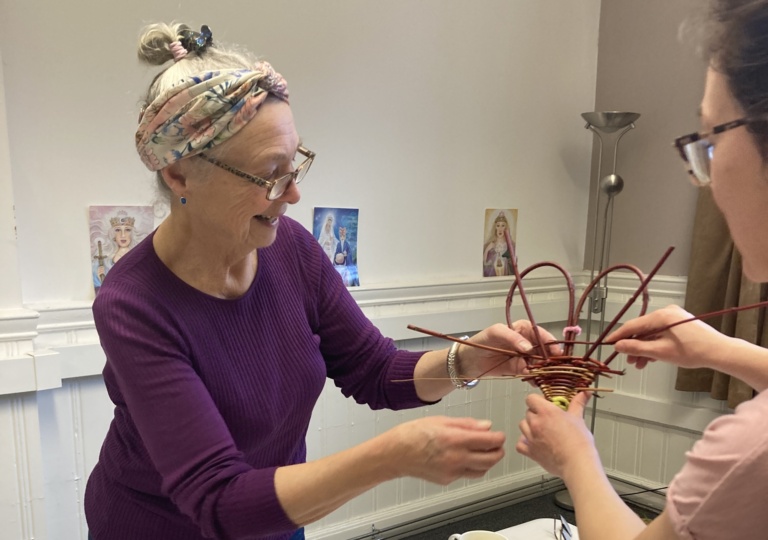
A relaxing day of pampering
On Thursday 15th February we held our first Day Retreat in conjunction with Amy Gunawan Willow Weaving and Leah Dalby, independent Tropic Ambassador.
The theme for the day was the botanicals that featured throughout, we learned information about each species (see below), and used them in our willow-woven heart. The aromatic species (rosemary, lavender and eucalyptus) are all used in the Tropic Skincare products for their naturally beneficial properties (and they smell amazing, too!) and have been used for hundreds (if not thousands) of years by people for this reason.
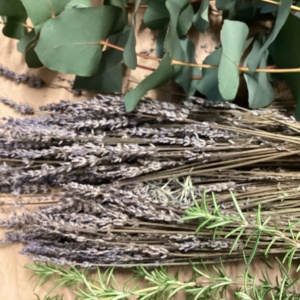
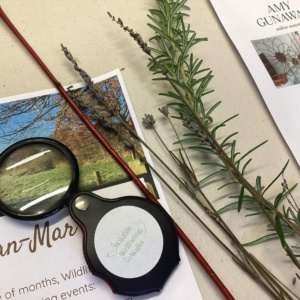
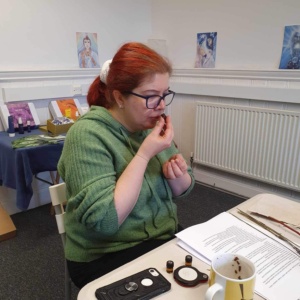
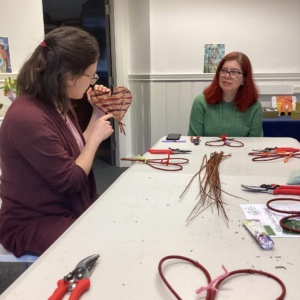
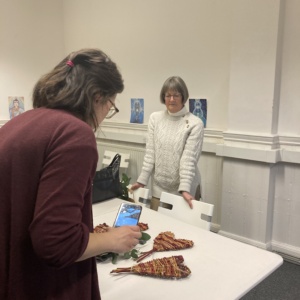

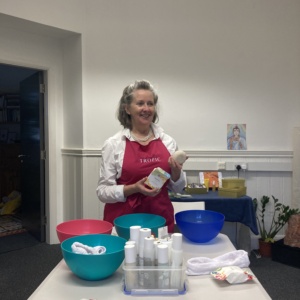
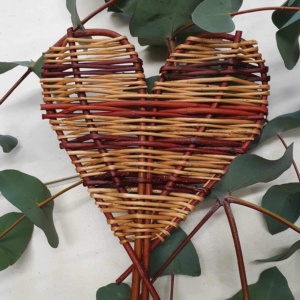
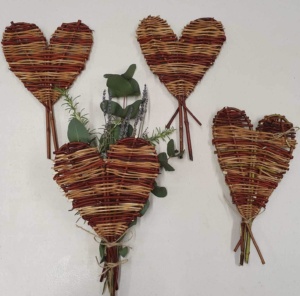
Here is some more information about each of our featured species:
- Black Maul Willow (Salix triandra).
All willows contain salicylic acid, which forms the basis of aspirin. It has been used either by chewing or boiling the bark to make a natural painkiller. There are many native species in the UK, which frequently hybridise with each other, making them hard to identify! - White Dogwood (Cornus alba).
An introduced species of Cornus, this one is grown ornamentally in parks and gardens. Our native species, Cornus sanguinea, grows in hedgerows and its high levels of tanins made it a good substitute for quinine in the treatment of malaria. - Rosemary (Salvia rosmarinus).
A member of the mint family, rosemary has recently been reclassified as a species of Salvia, closely related to sage and many plants grown in gardens. Native to the Mediterranean, it’s name means ‘sea mist’, and is adapted to hot, dry conditions and taking moisture from sea mists. Its many secondary compounds contribute to the aromatic smell that makes it a favourite in mediterranean cuisine, and it has excellent antioxidant properties when applied to the skin or taken internally. - Lavender (Lavandula sp.)
Also a member of the mint family, lavender has been used for thousands of years, and is best known for aiding sleep. Traces has been found in king Tutankhamun’s tomb in Egypt! In recent years it has been found to be useful in treating a number of neurological conditions including anxiety and Alzheimer’s although more robust studies are required to prove its efficacy. - Eucalyptus (Eucalyptus sp.)
Eucalypts are native to Australia, where there are hundreds of species. Properties of these trees include wood that is ideal for making pulp (for making paper) and chemical components that are used as anti-bacterial and anti-fungal. The trees have also been grown in areas of high malaria to reduce the water table (the trees transpire vast quantities of water) and as an insect repellent to mosquitoes. Due to its high water-uptake, the species is controversial when grown commercially in some countries.
Black maul willow
– Wikipedia (https://en.wikipedia.org/wiki/Salix_triandra)
White dogwood
– Wikipedia (https://en.wikipedia.org/wiki/Cornus_alba)
Rosemary
– Rosmarinus officinalis and Skin: Antioxidant Activity and Possible Therapeutical Role in Cutaneous Diseases. Pomi, FL, et al. (2023), Antioxidants (Basel), 12(3): 680. (https://www.ncbi.nlm.nih.gov/pmc/articles/PMC10045493/)
Lavender
– Aromatherapy for the brain: Lavender’s healing effect on epilepsy, depression, anxiety and Alzheimer’s disease: A review article. Bavarsad, NH, et al. (2023), Heliyon 9, e18492 (https://www.cell.com/heliyon/pdf/S2405-8440(23)05700-6.pdf).
– Wikipedia (https://en.wikipedia.org/wiki/Lavandula)
Eucaluptus
– Wikipedia (https://en.wikipedia.org/wiki/Eucalyptus)
